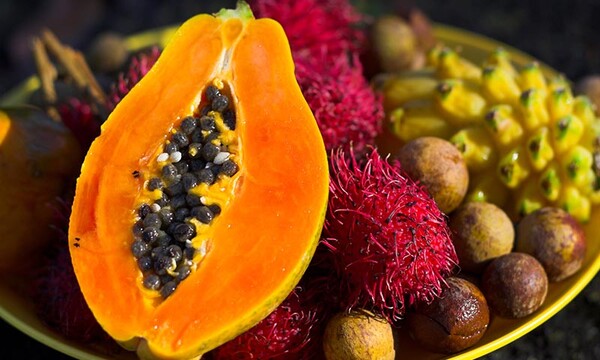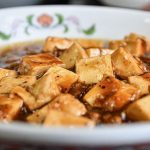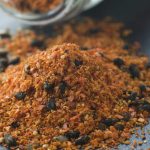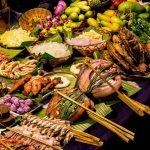Eating vegetables has always been associated with following a diet, something that generally seems rather boring. However, vegetables are not just lettuce, spinach or chard. There are varieties of vegetables we don’t even know about that can add special touches to our dishes to make them a healthy but tasty option. If you still don’t know which are the most exotic vegetables you can buy in Spain, Oriental Market will tell you.
Specifically, Japanese food is considered one of the healthiest in the world, along with the Mediterranean. The people of Okinawa is, in fact, the place on Earth where its inhabitants have a higher life expectancy. The secret? Their diet. The Japanese diet is based on cereals, fish and seafood, legumes and, above all, vegetables. However, the list of vegetables they use is very long and includes many names that you have probably never heard of.
It is true that many of the exotic vegetables can be difficult to find in the large supermarkets where we usually do our regular shopping. However, there are stores specialized in exotic food where you can surely find all these vegetables. Do you want to know which exotic vegetables you can already buy in Spain?
Exotic vegetables that you can buy in our online store

Seta Shimeji Blanca Fresca 150g
3,07 €
Physalis fresca caja 100g
2,24 €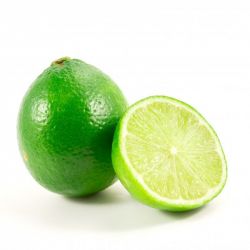
Lima Verde Fresca 1u 70g
0,51 €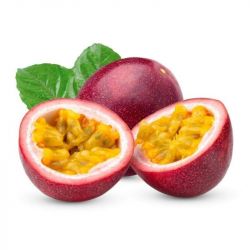
Fruta de la Pasión Fresca 1u 50g
1,03 €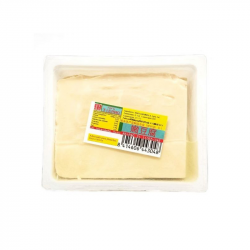
Tofu Fresco 500g
2,29 €
Jengibre Fresco 150g
7,56 €
Almendras peladas (12/14) 5kg
93,00 €
Citronela/Lemon Grass Fresco 100g
2,79 €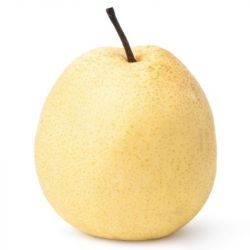
Pera Nashi Japonesa (1u) 400g
2,02 €
List of exotic vegetables that you can buy in Spain
EDAMAME
With a shape similar to that of a green bean, edamame originate from China and consist of a soybean pod that has not yet matured. They are a perfect healthy snack option, and that is why they have become so popular worldwide, as they are low in calories and also rich in protein and fiber, iron and calcium.The way to cook them is to boil the pods in boiling water to cook them and then serve them whole in a bowl accompanied by the spices you like the most. You can find them in any supermarket, so trying this Asian appetizer is now easier than ever!
CHINESE CABBAGE
AAlso known as Chinese cabbage or Da Bai Cai, this type of cabbage is a common ingredient in any Asian cuisine and is considered typical Chinese food. Versatility is the most important virtue of the leaves of this plant, which can be used in an infinite number of different recipes: salads, soups, rolls, stir-fries… Chinese cabbage also has multiple beneficial properties for the organism. It is rich in antioxidants and also in fiber and fatty acids, which gives it a great anti-inflammatory and digestive power. In addition, it contains beta-carotene and provitamin A, which help preserve our eyesight.
PAK CHOI
Usually mistaken for chard, pak choi is a type of green leafy cabbage that is usually consumed cooked in stir-fries. It has a very mild flavor with a bitter touch that allows it to combine with many ingredients such as vegetables, meats, pastas or fish. This cabbage, originally from China, has different properties in addition to being very low in calories, making it a very good option to give your body a good dose of benefits without feeling remorse. Like all vegetables, pak choi is rich in fiber, antioxidants, vitamins and minerals. Specifically, it provides 34% of the recommended dose of vitamin C.
SEAWEED
Seaweed began to be better known in Western countries thanks to sushi, although in Japan it is a food that is consumed very frequently. They are a source of vegetable protein, fiber and vitamins. In addition, they are easy to digest and contain very few calories, which your intestine will be grateful for. The most common way to eat seaweed is usually as a side dish, as a salad, dressed with soy and sesame seeds. Otherwise, you can always opt for sushi, which is just as healthy and delicious. There are many types of seaweed, but here are the most important ones:
Nori seaweed. It is mainly known for its use in the preparation of sushi, although it can also be consumed in soups or as a snack.
Kombu seaweed. Widely consumed in the northwest region of Asia, it is usually used in soups, stews or salads.
Wakame seaweed. It has become very popular thanks to the appearance of poke bowls, it is usually used as an accompaniment or in salads, with a dressing made from soy sauce and seeds.
CHOY SUM
It is a vegetable that is characterized by having a flavor similar to spinach and chard, and is often used in sautéed dishes. It is an ingredient rich in fiber and minerals such as calcium, iron and magnesium, its origin is in China and it is recognized by its small yellow flowers. Despite its similarities to chard, it belongs to the cabbage family. It is often used in soups, stir-fries or salads, as it gives them a crunchier texture.
JAPANESE CHIVES OR NEGI
The Japanese spring onion is actually a type of leek that is highly valued for its versatility in the kitchen. The useful part of this food is its white stem and a small part of the greenery. It can be used both in hot dishes, salads or as part of a dressing to add extra flavor and aroma to the recipe.
DAIKON TURNIP
The daikon turnip is a type of root of Japanese origin with great diuretic and depurative properties. Its use in cooking also covers many dishes such as stir-fries, soups, baked food garnishes, etc.. Its flavor is similar to the radish we eat in the West, but with a spicier touch.
FRESH EDO OR TARO
The edo or taro is a type of tuber similar to a turnip but with brown skin. It is native to tropical regions, so it is an ingredient widely used in the cuisine of these places, the inside of this tuber is white and the way to cook it is usually similar to the way Westerners use to cook potatoes, so making taro chips can be a way to indulge ourselves while maintaining a healthy diet. Its nutritional value is characterized by being high in carbohydrates and very low in fat.



